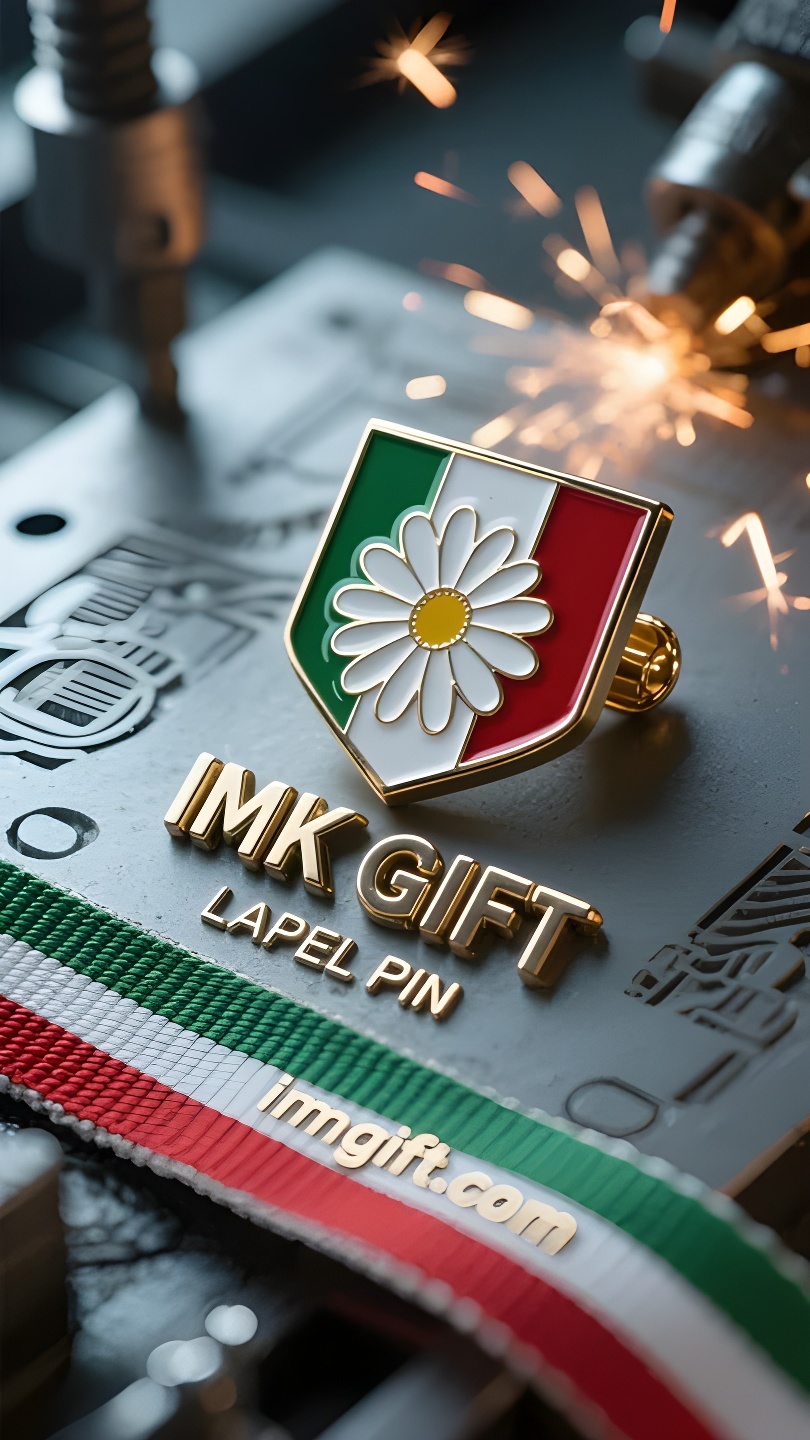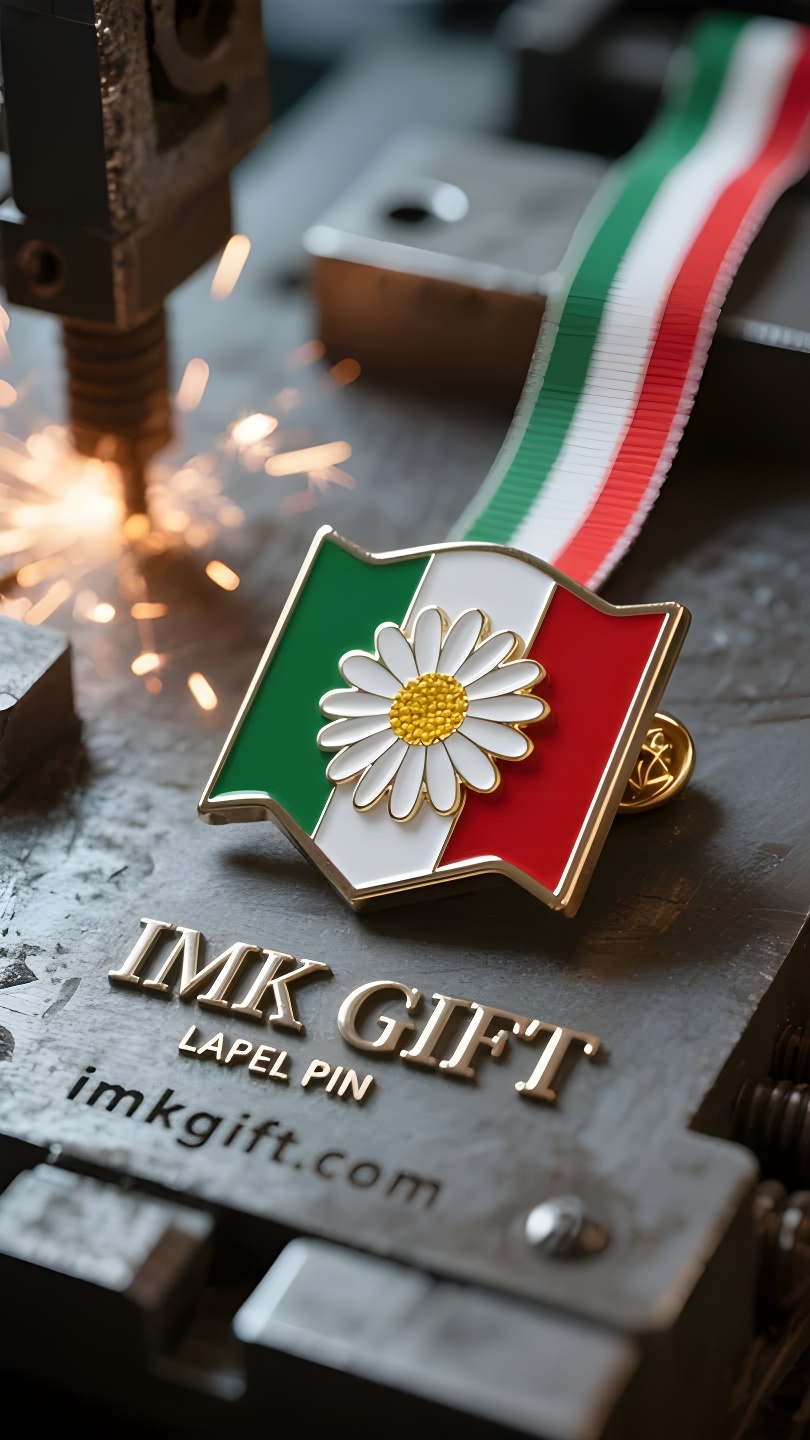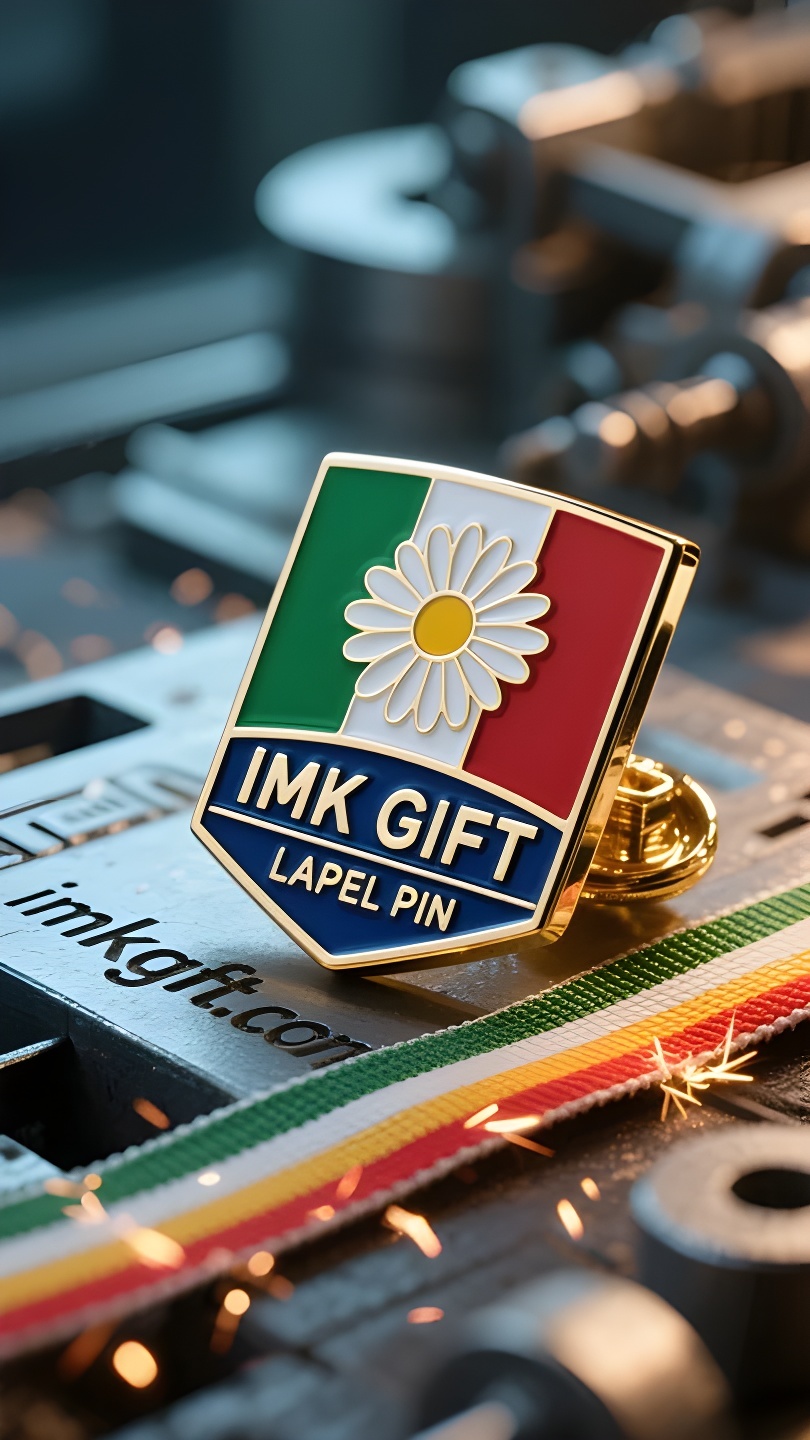in987-Bandiera-Margherita-e-Tricolore-Fede-che-non-svanisce-mai
▼
A giugno in Italia l’aria è permeata dal profumo delle margherite e la bandiera tricolore verde, bianca e rossa sventola al vento nella piazza. Questo mese, gli italiani prendono la “Festa della Repubblica” come punto di partenza per iniziare una revisione e un’eredità dello spirito nazionale. Il verde della bandiera nazionale rappresenta le infinite montagne della penisola appenninica, il bianco rappresenta la neve sulle cime delle Alpi che non si scioglie mai durante tutto l’anno e il rosso rappresenta il sangue caldo che sgorga dal Vesuvio. Dietro questi tre colori si nasconde il coraggio di spezzare le catene durante il Rinascimento, la sincerità degli eroi civili nel movimento di resistenza della Seconda Guerra Mondiale e la convinzione di ogni persona comune di proteggere la propria patria. Le margherite sparse tra di loro sono proprio come la metafora scritta da Dante nella “Divina Commedia”: i petali bianchi apparentemente fragili sono in realtà il simbolo della perseveranza. Daisy si chiama “Margherita” in italiano, che significa “perla”. Questo fiore selvatico che cresce nelle crepe delle rocce è strettamente associato alla resilienza fin dall’antica Roma. I suoi cinque petali corrispondono alle cinque virtù della natura umana: saggezza, coraggio, giustizia, temperanza e perseveranza. Quando il distintivo della margherita viene appuntato sulle uniformi dei vigili del fuoco o sulle maglie degli atleti, ricorda alle persone che le forze più potenti spesso nascono dalle avversità: proprio come le margherite possono fiorire su terreni aridi, anche gli italiani hanno forgiato una vitalità unica nella turbolenta storia. In questo momento, fuori dalle mura di Castel Sant’Angelo, la bandiera tricolore e lo stemma della margherita brillano al sole. Dicono una verità: la vera gloria non sta nel non cadere mai, ma nell’essere sempre capaci di rialzarsi con fede dopo una caduta. Questa potrebbe essere l’eterna rivelazione che l’Italia ha dato al mondo: non importa come cambino i tempi, il fuoco della civiltà continuerà sempre a fiorire sulle rovine.
In June in Italy, the air is filled with the fragrance of daisies, and the green, white and red tricolor flag is unfurled in the square. This month, Italians are starting a review and inheritance of the national spirit with “Republic Day”. The green of the national flag is the long-lasting mountains of the Apennine Peninsula, the white is the snow on the top of the Alps that never melts, and the red is the hot blood of Mount Vesuvius. Behind these three colors is the courage to break through the imprisonment during the Renaissance, the sincerity of the civilian heroes in the resistance movement in World War II, and the belief of every ordinary person to protect their homeland. The daisy badges dotted among them are just like the metaphor written by Dante in “The Divine Comedy” – the seemingly fragile white petals are actually a symbol of perseverance. Daisy is called “Margherita” in Italian, which means “pearl”. This wild flower that grows in the cracks of rocks has been closely associated with tenacity since ancient Rome. Its five petals correspond to the five virtues of human nature: wisdom, courage, justice, temperance and tenacity. When the daisy badge is pinned on the uniforms of firefighters or athletes, it reminds people that the most powerful force is often born in adversity – just as daisies can bloom on barren land, Italians have also tempered their unique vitality in the turbulent history. At this moment, outside the walls of Castel Sant’Angelo, the tricolor flag and the daisy badge are shining in the sun. They tell a truth: the real glory is not to never fall, but to always stand up again with faith after falling. This may be the eternal revelation that Italy has given to the world – no matter how the times change, the fire of civilization will always bloom on the ruins.
六月的意大利,空气中弥漫着雏菊的清香,绿白红三色旗在广场上迎风舒展。这个月,意大利人正以”共和国日”为起点,开启一场关于国家精神的回溯与传承。
国旗的绿色是亚平宁半岛绵延的山脉,白色是阿尔卑斯山顶终年不化的积雪,红色则是维苏威火山喷薄的热血。这抹三色背后,是文艺复兴时期突破禁锢的勇气,是二战抵抗运动中平民英雄的赤诚,更是每个普通人守护家园的信念。而点缀其间的雏菊徽章,恰如但丁在《神曲》中写下的隐喻——看似柔弱的白色花瓣,实则是百折不挠的象征。
雏菊在意大利语中被称为”Margherita”,意为”珍珠”。这种生长在石缝中的野花,从古罗马时期就与坚韧品格紧密相连。它的五片花瓣对应着人性五德:智慧、勇气、公正、节制与坚韧。当雏菊徽章别在消防员制服或运动员战袍上,提醒人们最强大的力量往往诞生于逆境——就像雏菊能在贫瘠土地上绽放,意大利人亦在历史动荡中淬炼出独特的生命力。
此刻,圣天使城堡的城墙外,三色旗与雏菊徽章正在阳光下交相辉映。它们诉说着一个真理:真正的荣耀,不在于永不跌倒,而在于跌倒后总能带着信念重新站起。这或许就是意大利献给世界的永恒启示——无论时代如何变迁,文明的火种永远绽放在废墟之上。
▼
Contact Us
📞 Tel: +0086-760-85286839
📧 Email: sales3@imkgift.com








